How to Create Sales Pages that Convert: Follow these 5 Rules
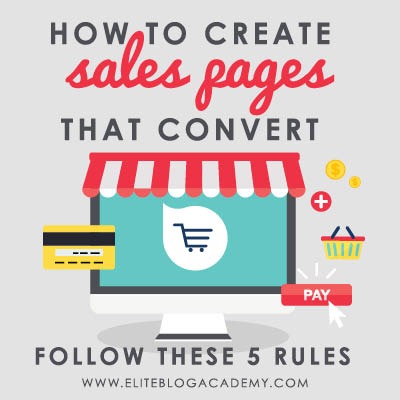 What if I told you there are clear rules you can follow to fix your sales page and convince more people to buy your product? If you have a product you just know should be selling better than it is, follow these five simple rules to increase your sales page conversions.
What if I told you there are clear rules you can follow to fix your sales page and convince more people to buy your product? If you have a product you just know should be selling better than it is, follow these five simple rules to increase your sales page conversions.
Tell me if this sounds familiar…
In a rare moment of alone time—probably in the bi-monthly shower you manage to squeeze in between lunch and the endless stream of poopy diapers—the stars align, lightning strikes, an apple falls (where’d THAT come from?), and you have an idea.
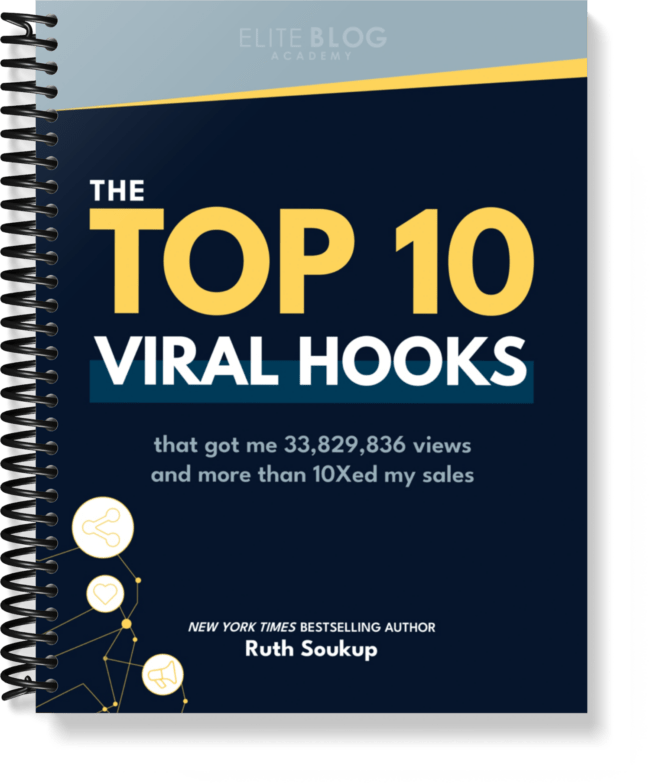
Are you ready for one sentence to change your business?
Using the right hook can do just that!
The truth is, an Instagram reel won’t change your business, at least not all on its own. But if you’re using the power of Instagram to drive leads into your business, using the right hook is vital for your success. Grab the exact hooks that have gone viral for my @ruthsoukup Instagram account again and again (and got me over 30 MILLION views and tens of thousands of new followers).
And the best part? It’s completely free! Just fill in your information below so I know where to send it.
You’ve been around the block long enough to know that a great idea needs actual customers to be successful. You press a bunch of buttons and ask your tribe for feedback, and even ask them if they’d buy something like that. They respond with over-the-moon enthusiasm, and you know you’ve got a surefire hit on your hands.
Next, you pour yourself into writing, filming, or manufacturing the perfect product. In addition to pouring all of your time and energy into your muse, you get to enjoy unexpected health benefits like not eating and sleep deprivation.
With your game-changing thing ready for the public, you turn your attention to the marketing. A great product deserves a beautiful “package,” right? So you hire the best designer to create a mobile-dominating, Web 7.0 sales page, optimized to fascinate and inspire the craving masses with the greatest sales page they’ve ever seen.
And then D-Day arrives.
This is the day when your “baby” is born! You craft an amazing email (or 8), add in a bunch of bonuses, and wait for the money to begin pouring in.
But wait…
The shopping cart must be broken. (Nope.)
Must be Paypal. (Nuh uh.)
Oh, it’s a holiday? But tomorrow is no better.
While lots of people are visiting your sales page, only a tiny percentage of them are actually buying. As the hours turn into days, and the days into weeks, you enter the final stage: Self Flagellation.
You begin to question yourself as a writer, as a blogger, and heck, even as a human being, and to make up for all that weight you lost in the product development phase, you now single-handedly inhale an entire package of Oreos.
Even if your story’s not quite as dramatic as all that, you may be able to relate to the sinking feeling that not enough people are willing to open their wallets and purchase the thing that you worked so hard on.
But what if I told you there are clear rules (5 of them!) you can take to fix your sales page and convince more people to buy your product (without being a sleazebag)?
We’ve tested (and proven) these “rules” on real traffic, during 35 product launches, with 350,000 customers at Ultimate Bundles.
Whenever we create a sales page, we make sure we never, ever violate these 5 rules. Ready?
How to Create Sales Pages that Convert: Follow these 5 Rules
1. RULE #1 –Remember who the hero of your story is. (Hint: it’s not you.)
Although the inspiration comes from the concept of the Hero’s Journey, Donald Miller has taken what he’s learned as an author and storyteller and applied it to marketing with his StoryBrand Copywriting model. We employ this brilliant insight on every product and every sales page we create.
The gist of it? You (or your company or your product) are not the hero of the story you’re telling about your product.
Your prospect is.
And to show your prospect the value of what you’re offering, you’re going to take them on a journey where you identify what they want, the problems they’re facing, and then step in as a wise guide to show them a plan that will help them achieve success (or failure, should they choose not to use it).
Here’s an example of how we focus on the prospect…
and present our product as a tool to help them on their journey:
It’s incredibly simple, but effective.
By focusing the spotlight on your customer (and away from you), you can more readily connect with them, the struggles and pain they’re experiencing, the goals they’re striving for, and the successful outcome they hope for.
In other words, you enter into their world and show how the solution you’re offering genuinely matches up with what they need and want.
2. RULE #2 – Actually ASK for the sale.
Are you scared of feeling like a used car salesman? Or, worse…a sleazy and slimy internet marketer?
You’re not alone.
In fact, it’s one of the things we hear most commonly from bloggers we work with, who have integrity, authenticity, and respect for their readers.
If that’s you, then first of all, thank you for being a person of character. You’re the kind of entrepreneur we love.
But second, if that’s stopping you from actually asking for a sale, it’s time to stop it. There’s a better way.
Here’s what I mean: your desire to be a non-sleazy marketer might mean you’re not truly calling potential customers to action, and that’s a big problem.
You can make the best, most compelling and heartfelt sales page, but if you don’t make it excruciatingly clear what you want your reader to do and how they can do it, your conversion rates will be abysmally low.
My advice? Don’t be afraid to tell them exactly what you want them to do. Because if you believe your product is awesome (which it probably is) and that it will help people (which it probably will), then you shouldn’t feel one ounce of shame when you sincerely tell them how it will benefit their life and then ask them to pull out their wallet and buy it.
See one of our recent sales pages for an example:
Beyond solving a problem, you’ll want to be enthusiastic. Make them feel the feels. Include a lot of buy buttons in strategic places.
This isn’t manipulation. It’s not sleazy. You’re serving your readers by helping them get their hands on a product that will improve their life.
3. RULE #3 – (But) Demonstrate the value…before you ask them to buy
Rarely does someone land on a site offering a product they’ve never heard of, read a few bullets points, and say “Eureka! It’s everything I’ve ever wanted and more! I must have it.”
No, when we discover something new that catches our eye, we want to delve deeper. We ask questions, read about its benefits, and perhaps read some testimonials or learn about the company that made it.
Our customers (and yours) do this too.
Here’s proof: Several years ago, we were running one of our most popular bundles, except we had a problem…
It wasn’t seeming so popular this time around. We started asking questions and digging through the data to find out why people weren’t snatching it up like usual.
One of the curious things we noticed was that the average time-on-site was particularly low compared to other sales. Why?
We had tried a new strategy on the bundle to capture the attention—and hopefully sales—of page-jumpers (immediate exits). This strategy involved bullet-pointing the top features of the bundle (86 eBooks, 23 eCourses, etc.) above the fold. We thought we could make it really easy for them to make a decision.
And it worked!!! Except instead of deciding to buy it, they decided NOT to buy it. YIKES. Not the quick decision we were looking for.
Rather than scrolling down and reading to learn the real value of the bundle (the transformation it would help bring about in their lives), they were assuming they knew everything that they needed to know in the first few seconds, and left the site without buying.
Recognizing the problem during the first couple days, we changed the top of the page, whittled it down to the logo, one headline about the product, and a short sales video, and the beginning of the marketing copy showing, to entice them to scroll down to keep reading.
This time it worked IN our favor. Time on site increased, and conversions (i.e. sales) doubled. The sale ended successfully, and we learned that one of the keys to increasing sales is to draw your readers into the story. The more time they invest with you in a compelling narrative (with them as the Hero), the more likely they are to buy.

4. RULE #4 – Remove the Risk
Have you ever found yourself contemplating a purchase, but hesitating before pulling out your credit card? I know I have. When I’m buying something for the first time or when our budget is tight, I really want to know I’ll be happy with my purchase.
Your prospects feel the same way. They might be intrigued by your product and feel emotionally drawn in by your sales page, and yet they are afraid of losing their hard-earned cash on a product that doesn’t live up to it’s promise. So they hesitate, and ultimately decide not to buy.
But when you remove the risk of the transaction from them (and take it on yourself), you also remove a key reason why they decide not to buy. By making sure that they truly have nothing to lose, you both win.
As an added benefit, it also demonstrates that you have confidence in your own product, and signals that your prospect should too. Score another one for the conversion rate.
But many bloggers and business owners are hesitant about offering a refund policy because they’re scared they’ll lose money. But, in the vast majority of cases, the exact opposite is true.
Sure, there’s the odd “bad-egg” that is just trying to take advantage of you and “steal” your product. But they are extremely rare. And there are many, many more people who WOULD buy your product if they knew that they knew the purchase was risk-free. Don’t let the tiny % of “bad-eggs” ruin it for you and everyone else. Offer a generous refund, and reap the rewards.
At Ultimate Bundles, we’ve been offering a 30-day happiness guarantee on our bundles since the very beginning. And we make sure it’s visible at every decision point (near the buy buttons, on the order form, in the FAQ’s, etc.)
Our refund rates are typically around 1%, and we’ve heard countless stories from our customers that they bought it because they knew we’d refund them if it wasn’t the right fit for them.
See how our guarantee looks on one of our sales pages:
5. Eliminate shopping cart friction.
Friction slows things down. It’s the last thing you want on your sales page, especially when it’s easily avoidable most of the time.
If you’ve created a sales page with a clear, compelling offer, and you’ve made it glaringly obvious what they should do next to get your product, a final key is to make your checkout process smooth sailing.
The last thing you want is for the customer to put your product in the shopping cart, and then leave your sales page without buying.
Typical cart abandonment rates for online retailers vary between 60-80%. That means the vast majority of people who start to buy something, walk away before completing their purchase. Shocking, right? That, ladies and gentlemen, is order form friction at work.
During one of our higher-end bundles, we’d been experiencing a cart abandonment rate of about 60%. Although on the low end of normal, it was still far too high for our liking. In reviewing our checkout process, we were struck with just how much unnecessary information we were requiring our customers to give us in order to buy the bundle.
So right then and there, we redesigned our checkout process to make it as easy as possible for our prospects to complete. After eliminating every bit of unnecessary information, we broke up the remaining into the three steps to make it feel simpler and even less overwhelming.
Here’s what we changed it to:
When we finally pushed it live, we saw a full 50% increase in sales!
By eliminating unnecessary friction and making it just a little bit easier to buy, many more people did.
In evaluating your own checkout page, look for key areas of friction and eliminate them. Some of the most common ones are:
- a confusing order form process,
- a form that looks very long,
- small or not-obvious buttons,
- lack of security symbols or guarantee reminders,
- requiring customers to create an account before they can buy,
- not being able to confirm the price one more time, etc.
You may not have a developer on hand to help you create new checkouts. But there are several fantastic tools out there (i.e. SamCart, and Stripe) that you can use for similar results. If the system you’re using creates a lot of friction for your prospects, run (don’t walk) to a provider that can make the checkout process easy.
**PRO TIP** Add in a cart abandonment email sequence to further increase your sales! We’ve found that we’re able to convert an average of 40% of folks that abandon their carts into customers.
_______
If you currently have a product that you just know should be selling better than it is, take a look and see if you’ve violated any of these 5 rules. If so, take quick action and see if the changes help to increase your sales.
I’d bet your next box of Oreos it will!
Ryan Langford is a husband, father and entrepreneur and the CEO of Ultimate Bundles, a company that creates opportunities for bloggers to earn more and expand their reach. Have your own digital product? We welcome you to apply here.

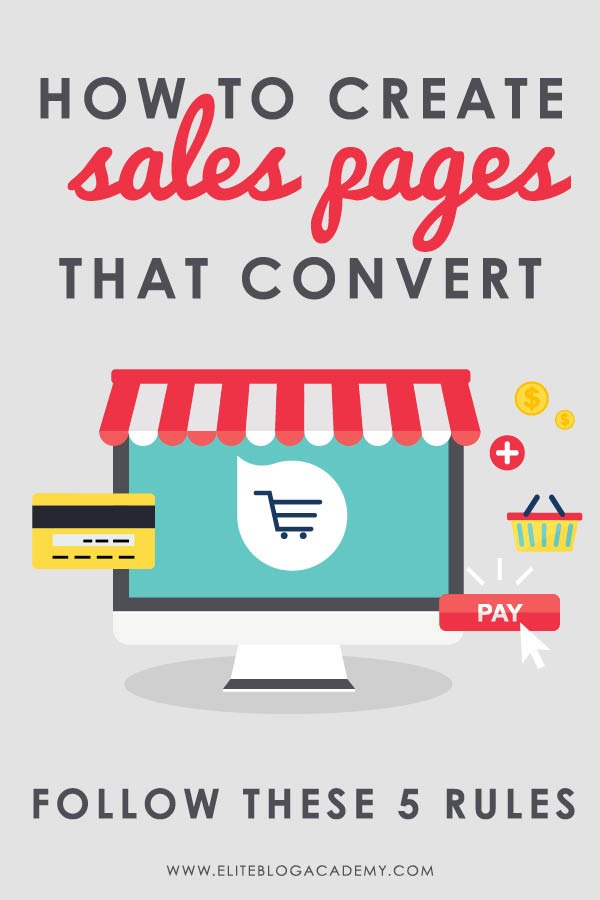
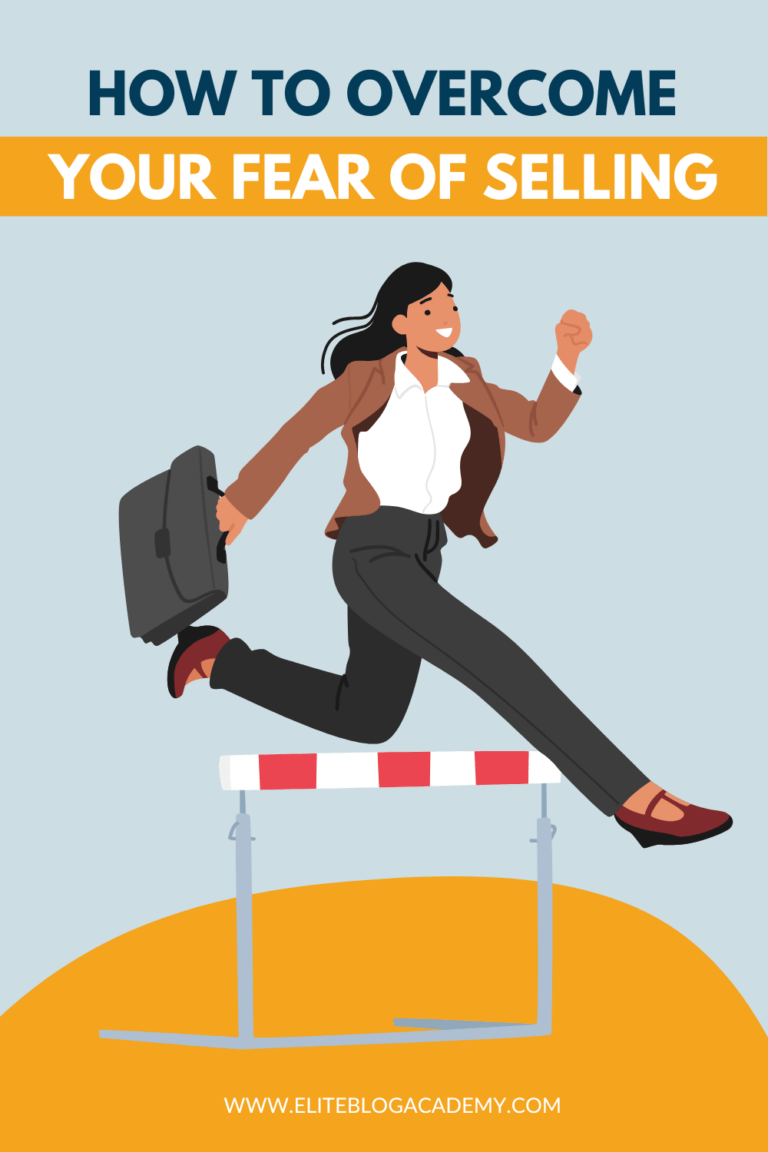
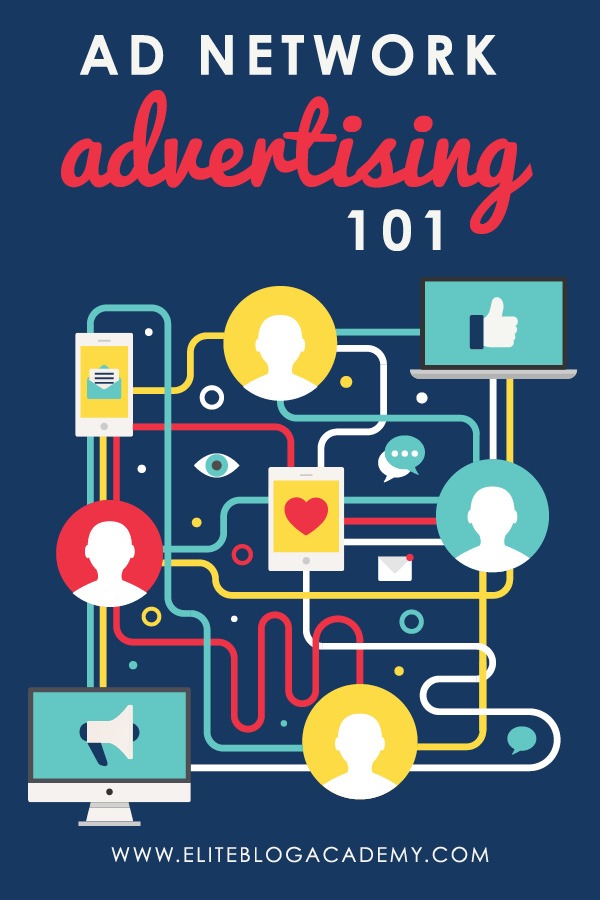
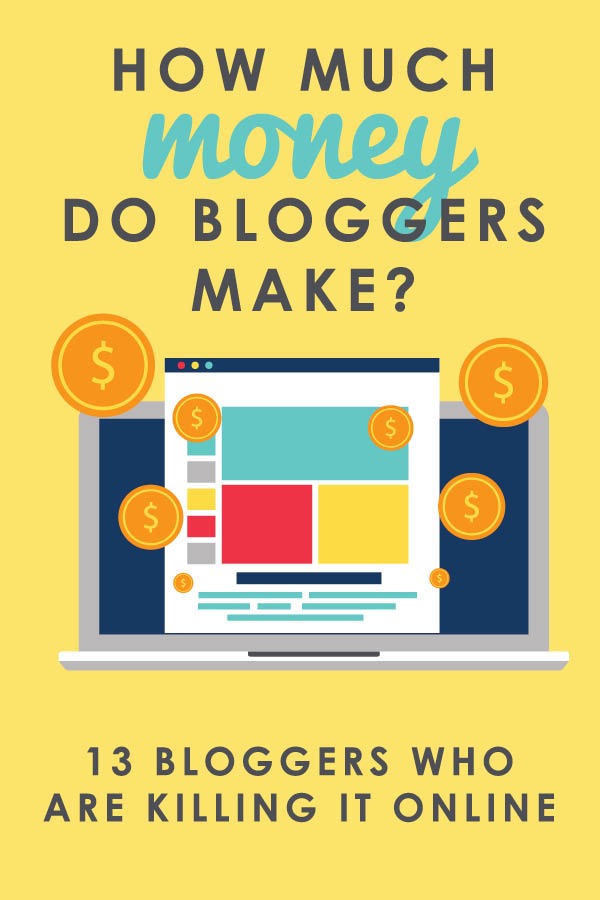
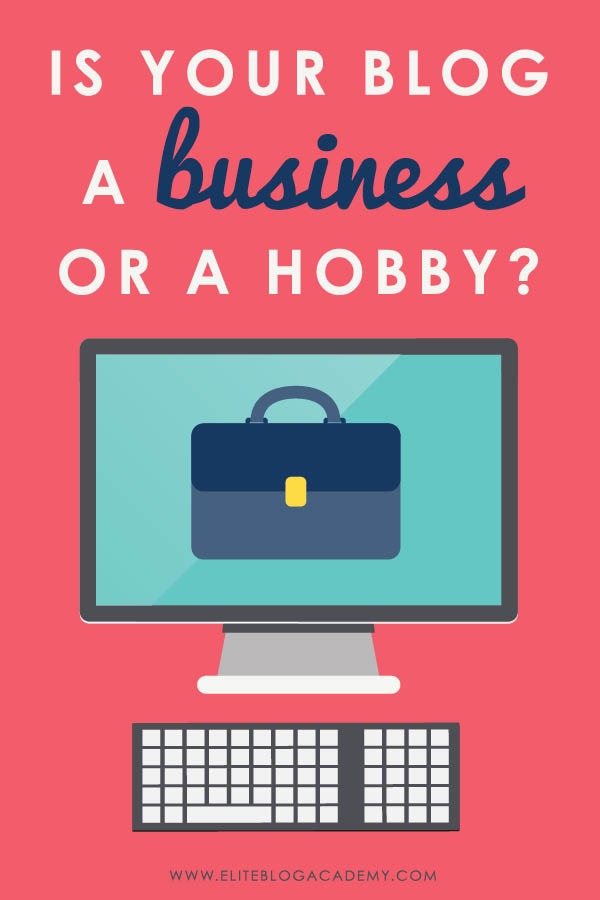
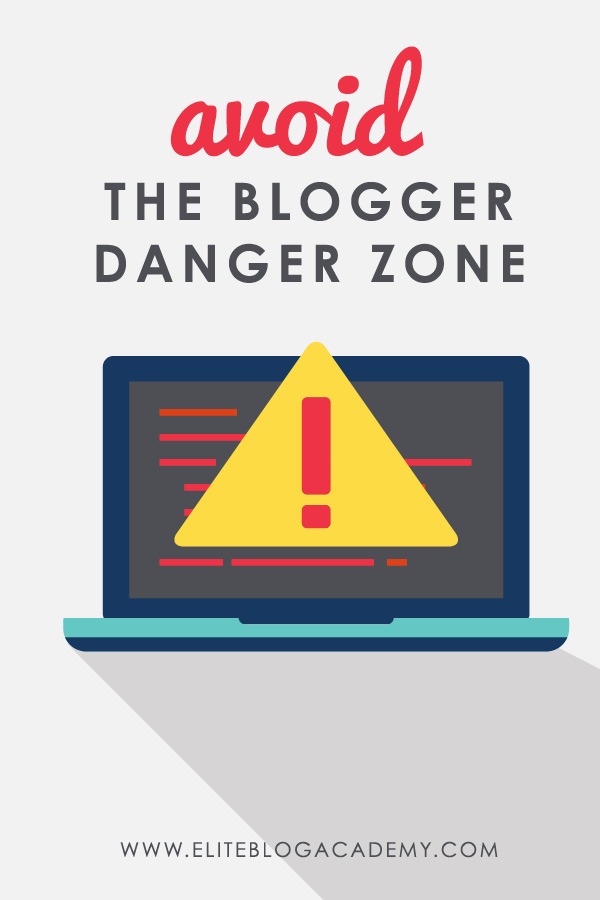
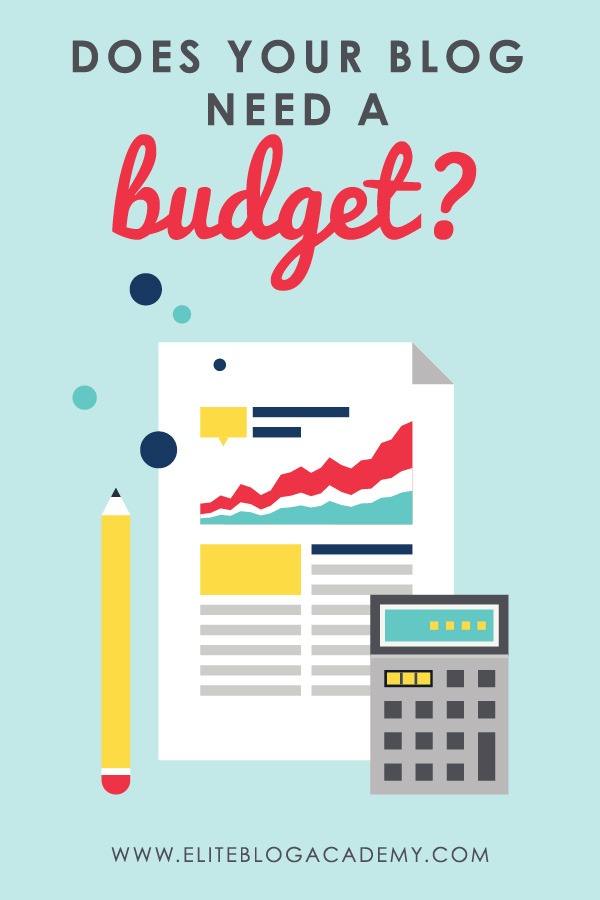
Thank you for all these tips! You have been my mentor from the beginning and I love your blog! I have learned so much from you 🙂